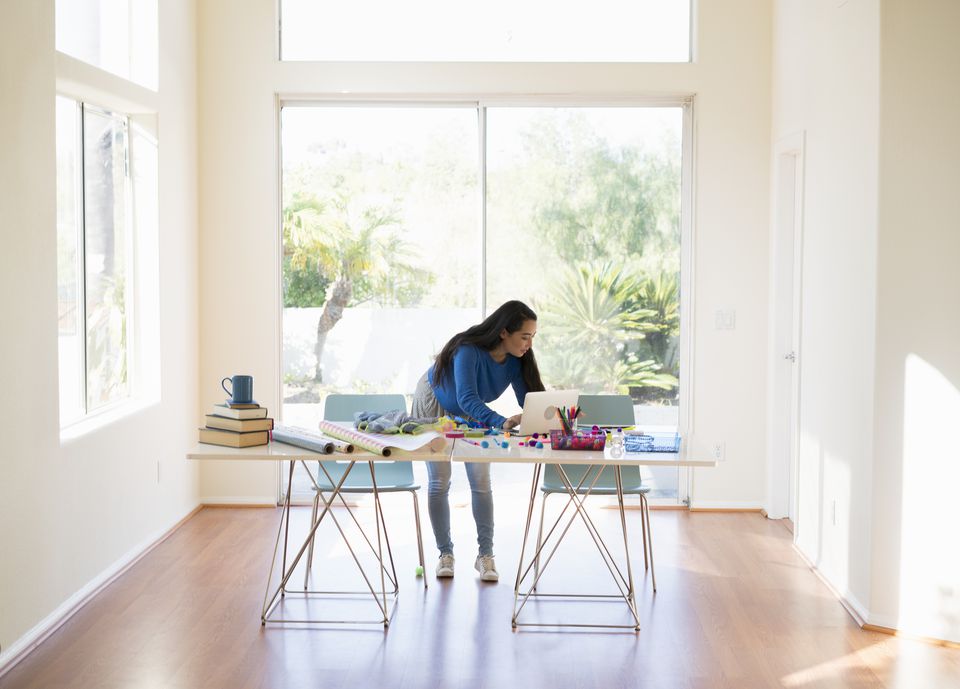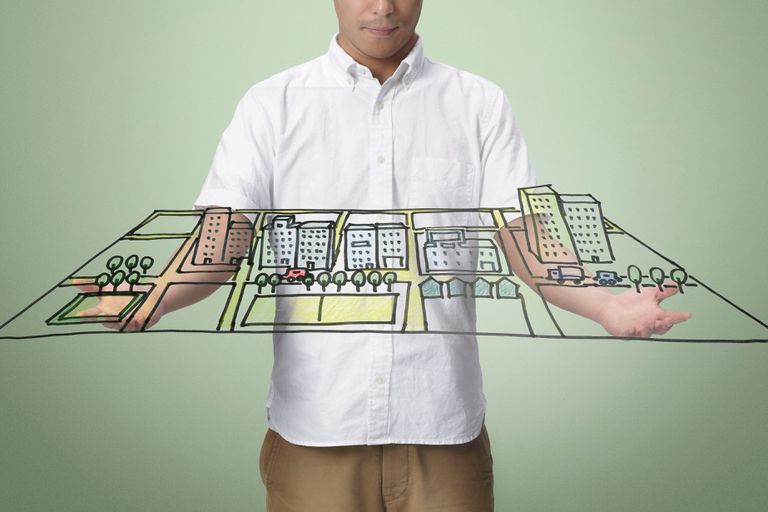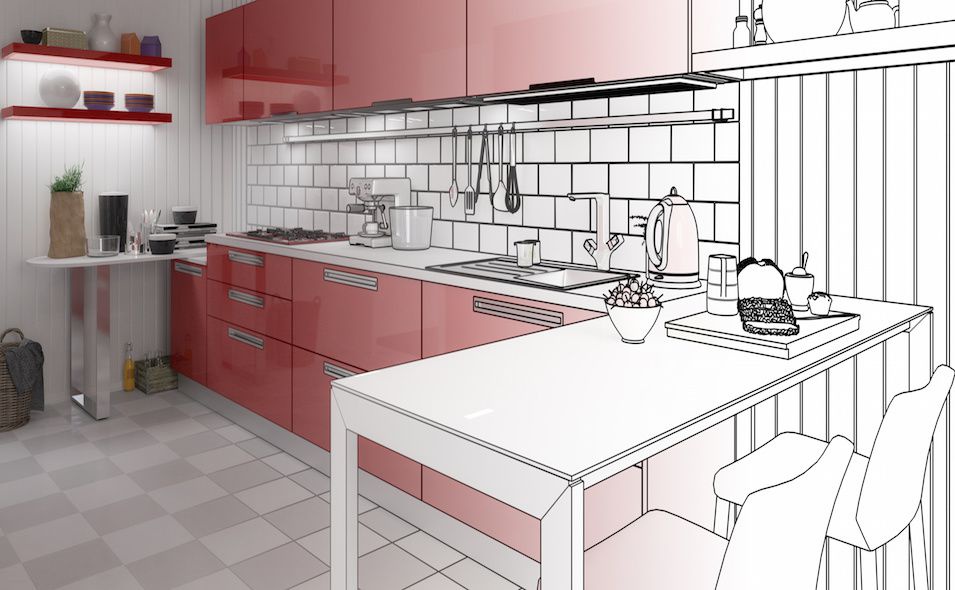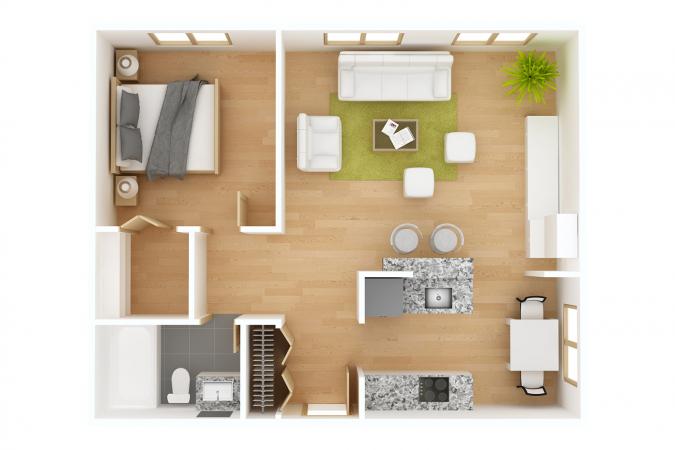
Login
X
- Home
- About Us
- Courses
- Graduation
- Diploma Certificate
- Professional Diploma
- Special sessions / Aptitude boost up
- News & Events
- Student zone
- Placement
- Gallery
- FAQ
- Contact Us

When you occupy any space, you naturally want it to adapt to your needs. If the said space happens to be your home, then you want both comfort and beauty to sing along. But if it is your office, you desire a productive surrounding. Basically, no matter what the space is, you want it to match its purpose beautifully. And this very desire pushes you to seek interior design solution.
Be it any space, the first step is to identify the exact nature of problem, so that you find appropriate solution for it. If we talk about residences, then the general issues are quite different from those in an office or a school. Hence, let us enlist the design problems that may occur across different spaces, eventually affecting the end user.
The common issues that people seek interior design solutions for, are:
1. Lot of Negative space:
Often, people fear congestion in their small homes. So, they stick to bare minimums, resulting in a lot of negative space. Another factor is, poor furniture layout. At times, certain places may be overly dense, while certain spots of the space may be lying unnecessarily empty. This space becomes a problem when it hinders balance or utility.
This happens in the case of furniture. Often, while selecting furniture, the user pays more importance to the ‘looks’ than the’feels’. And after some time, the furniture becomes a liability. Another frequent issue is when clients shop on a tight budget and have only limited choices, most of which do not meet all the points on clients’ wish lists. Unfortunately, that results in compromised comfort during the furniture lifespan, generally spanning years. Another aspect is the passage spaces. Without taking consideration of minimum passage spaces, you may end up with clustered elements in spots.
This is quite the reverse of our first problem. Sometimes, clients get so excited that they go on a shopping spree- purchasing anything and everything that comes their way. Then, the user randomly scatters these across the room, citing space issues. Here their excuse for interior design solutions is, the adjustment is temporary and they will rearrange soon. That ‘soon’ never sees the light of the day!
When people decide to go fancy, they rarely spare a thought about lighting and ventilation. Some people fill a space with excessive partitions and unintentionally block air points. Not only does it increase initial investment into building services, but also proves to be costly in the long run. Also, when the world is talking about sustainability and going green, does it make sense to decide on wasting such resources?
For these common issues, corresponding interior design solution provides you with the right step to take. However, even these steps need careful treading, which becomes easier if you hire a professional to do it. Instead of long term regrets, it makes better sense to invest in a sensible interior designer who can add oodles of value, beauty and above all, comfort, to the place that you love to call your own.

Beautiful spaces need careful planning and fruitful teamwork. Be it any type of space, designers definitely add value to the overall end use and looks of it. So, getting them on board is absolutely sensible. But, should you approach an interior design company or should you seek a freelancer?
While there is no doubt that these services may add to your expenses, however, they cut down both short term and long term liabilities. Here, the real work is to sort out the exact interior design company that will suit your project. Or, if it makes sense, a freelancer. But how do you decide on it?
While a freelancer may be more open to financial negotiation, a design firm may render a more professional service. Now, if you look at the current design industry, there is plenty of work for both freelancers and firms. Both are busy with their respective shares of projects.
For a better understanding, let us talk about an interior design company first. Well, a company has employees and employees need salaries. Add to that, the overheads of running the firm. Yes, such firms need sizable projects to sustain their livelihood. Having a fleet of trained workers and teams cuts down the working time considerably. Which proves more beneficial to the client that the firm charges. You see, time is money.
Then, the fact that they establish a work flow, reduces distractions and confusions, which again fastens the whole design process.
On the other hand, a freelancer is mostly a beginner or someone who works more for the sake of passion. If we talk about a beginner, this designer probably has an internship experience and now wants to self- evaluate. That evaluation may be in terms of creativity, supervision, time management and material management. Generally, internships prepare these designers with the typical work flow a project may demand. Hence, many skilled designers indulge in this practice.
With freelancers, you have a bigger bracket of bargaining and more flexible method of working. Often, the client and the freelancer spend a lot of professional time together. This way, a lot of discussion goes into the details of the project. Of course, freelancers also have their own teams of workers. Naturally, the interactions are more one-to-one than those with a typical interior design company.
Working with an established firm gives you many perks.
With freelancers, you get to experience different advantages.
Be it a house or an office, ultimately, useful design is the product of hard work and talent.
It is this very reason that you see many freelancers in design field. With their talent, perseverance and passion, they keep completing projects to their clients’ satisfaction. And most of the times, they source their works from mouth- to- mouth publicity.
On the other hand, when you entrust your project to an interior design company, the whole procedure becomes a cakewalk. Since they are already familiar with foolproof methods and techniques, You can literally throw away your worries and be a spectator to the progress of work.
There is no hard and fast rule regarding which project for whom. All types of designers can indulge in all types of project. Here, the only things that matter are their creativity and talent in making your design concept come to life.

When you study interior design, you eventually develop an idea about what you want to do afterwards. Which means, out of the many vacancies in the market, you see yourself chasing one interior design job or more, depending on your interest.

And why not? But before you decide your ideal interior design job, you should know what are the different jobs on offer for freshers. Yes, in this field, the jobs differ according to the experience you gain.
To begin with your career, you may go for something that works for your technical skills. However, after a period of time, your dream job improves your overall design skills, along with income, of course! Let us see what we have for you when you pass out as a fresher, ready to take on the world of design.
When you come across this vacancy, know that the firm wants someone to look over the site works. Which basically means, daily staff regulation, material inventory and so on. This is one interior design job that needs multitasking.
You should be able to read the working drawings, instruct the staff on-site, adjust to site requirements and much more. Also, you should be able to clarify doubts of workers, clients and sync between different team members in a project.
A site supervisor’s daily logs are quite important in future arbitration procedures. Now, what do you gain out of this interior design job?
Experience! The experience to handle site and emergency situations. And the courage to indulge in freelancing- since you learn how to handle workers and the work!

AutoCad software has a big role in today’s design industry. And That is because all the working drawings are made on this platform. Obviously, for a firm with multiple projects, there is always a constant need of proficient draftsmen. So, it is one ever trending interior design job for freshers.
As a draftsman, you can improve skills in Auto CAD, improve your drafting and planning skills and most of all, learn good designing from senior designers’ plans. And don’t worry, nobody is going to pile your desk with pending projects- you get your part of training in most firms!

Have you ever come across the picture-perfect interior images in magazines? many of them are software renders. And that is because such realistic images are a part of presentation drawings. These days, clients need to know how their spaces will look like before the works begin.
And it is here that you shine as a 3D visualizer. As a 3D visualizer, you are going to read the drafted plan and develop it into a full-fledged virtual model. And then you capture the best images from nooks and corners of your virtual model. So, is it as easy as it sounds? Well, the ease factor depends on your basic knowledge. But is it fun? Yes, it is!
Not only do you significantly enhance your 3D rendering skills, but you also end up learning many new software programs available for the same purpose. And since you are a fresher, even a decent rendering can may you land this interior design job!

Also, there are many software in the market, such as 3DSMax, Google SketchUp, Revit etc. That means, different firms opt for different combinations and have different requirements.
Since interior design is a professional course, you need to create a good portfolio before you venture into the academic field. And if you have done some freelancing along with your degree, in both residential and commercial design projects, you can try a hand at it.
But, only if you find teaching passionate! As a teaching assistant, you may take certain topics from the syllabus as compared to a whole subject. Of course, you need to be in touch with the field and keep updating yourself, when you decide teaching is your call.
As you gain experience, you can climb your way through the positions of Senior designer, Associate designer, product designer, Design consultant, Set designer and so on. Take any interior designer job, at the end of the day, it comes down to your passion!
Phone: 0495 272 2242